I kicked off 2020, by adding intriguing visuals from my lifetime of travels around the world and called it the 43 Postcards Project. So far, my quest has taken me to places familiar and others remote, in 43 countries and counting, from the deep Pacific to the deserts of the Middle East to the snow-crusted landscapes of the Arctic Circle. Here, I’ll share a handful or two of snapshots from each country I visit, as I saw them. Enjoy the views.
_______________
Okay, so where am I?
Up until 2007—when they joined the European Union—Bulgaria has never really been on its own. Twenty seven hundred years ago, the Thracians ruled, who were then followed by the Romans, the Byzantine Empire, the Ottoman Turks and then, finally, the Communists. After the fall of the Iron Curtain, it took quite a while for Bulgaria to get rolling. Now the country has emerged and casting its own shadows. Where the old Lenin monument stood, a statue of Sofia’s Patron Saint now casts its own shadow of protection. Under her gaze, the dark princess is said to embody the city’s East-meets-West, old-meets-new allure of reimagined Eastern Europe.
After Bulgaria gained its independence in the late 19th century, Sofia was chosen as the country’s new capital. It’s now been capital for 140 years sitting the heart of the Balkan Peninsula.
The city’s appearance today has been widely shaped by the twists and political turbulence of the 20th century. Bulgaria was a parliamentary monarchy prior to World War II. Its architecture was influenced by the examples of German, Austrian, and French. The second half of the 20th century saw Bulgaria firmly entrenched behind the Iron Curtain, dependent on the USSR’s influence and aid. It was in that time that Bulgaria’s architecture and urban planning was re-conceptualized to fit the structure of the communist ideals. Once the Soviet blockade was released in 1989, the country started its transition into democracy and is now a member of NATO and the European Union.
There’s a Bulgarian expression: B мЂтнА вода леcho ca лoви. Which means, “It is good fishing in troubled waters.” Or to the layman, by taking advantage of chaotic conditions one can easily serve one’s own purposes. In short, this think and survivalist mentality united to construct the unique blend of culture and style that personifies the nation today.
|

|
| The St. Alexander Nevsky Cathedral is the second largest Eastern Orthodox church in Europe. |
 |
| Sofia’s Patron Saint overlooks the capital. |
 |
| Lots of Third Reich and World War II memorabilia at the flea markets. |
 |
| There’s a huge farmer’s market underneath these ruins. |
 |
| The National Theatre |
 |
| Communism sculpture has been replaced with ones of love and hope. |
 |
| A photographer’s delight. |
 |
| Momento Park |
 |
| Fresh fruits at the farmer’s market. |
 |
| Communism buildings and lifestyles still permeate. |
 |
| Buy a train ticket can be challenging. |
 |
| Inside the gypsy ghetto on the outskirts of Sofia. |
 |
| Abandoned market en route to Plovdiv. |
 |
| The snow closer to the Balkan Mountains can be formidable. |
Welcome to the Bulgarian Communist Party Headquarters in Buzludzha, located in the Central Balkan Mountains: Elevation, 5,000 feet. I visited here twice on the same trip: before and after the snowfall. You get two dynamically different views of this amazing journal of Communist Grandeur. Construction began in 1974 and was opened in 1981. It was built by the Bulgarian communist regime commemorating the secretly organized movement by Dimitar Blagoev in 1891 that led to formation of Social Democratic Party, the precursor to the Bulgarian Communist Party.
This building is an example of Brutalist architecture. Raw concrete and massive, fortress like structures were popular with Communist governments and institutions. it was not considered a style but an expression of “moral seriousness.” “Let generation after generation of socialist and communist Bulgaria come here, to bow down before the feats and the deeds of those who came before; those who lived on this land and gave everything they had to their nation. Let them feel that spirit that ennobles us and as we empathize with the ideas and dreams of our forefathers, so let us experience that same excitement today! Glory to Blagoev and his followers; those first disciples of Bulgarian socialism, who sowed the immortal seeds of today’s Bulgarian Communist Party in the public soul!” -Bulgarian Communist leader Todor Zhivkov, at the opening ceremony of the monument.
The collapse of the Soviet Union caused Buzludzha’s closure in 1989.
























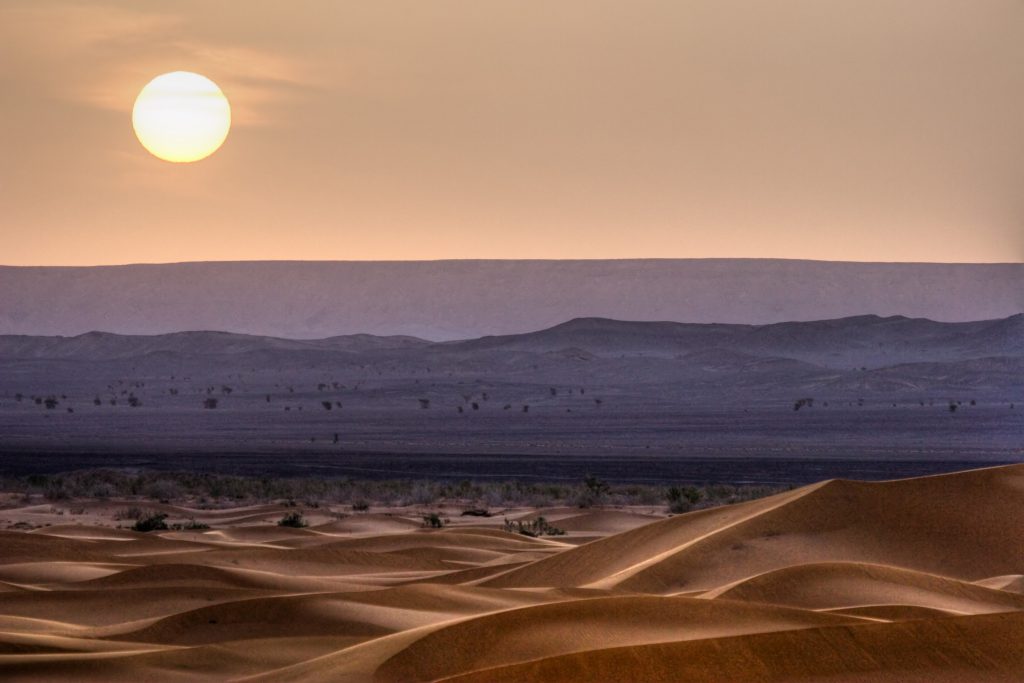
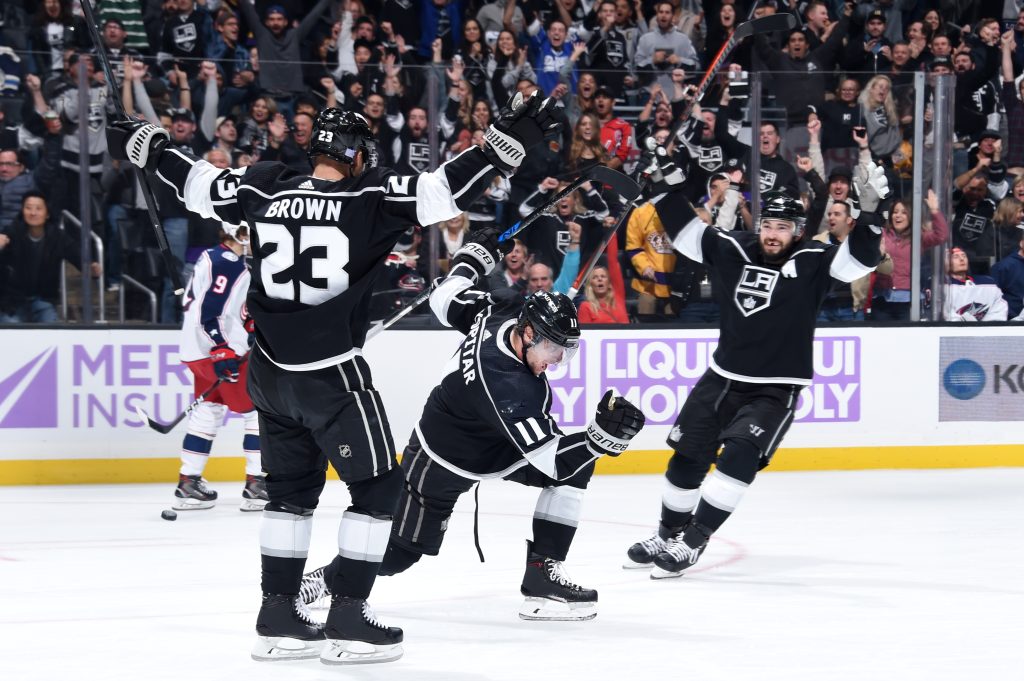
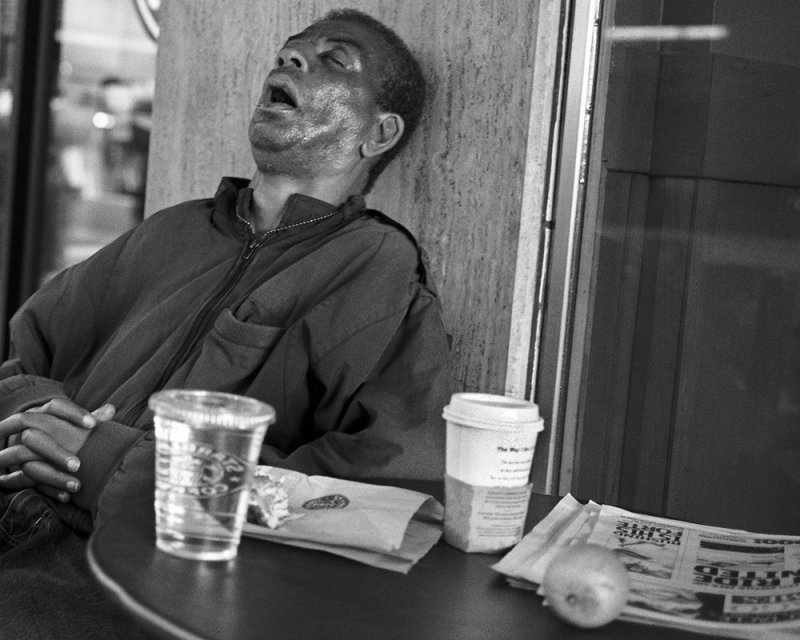
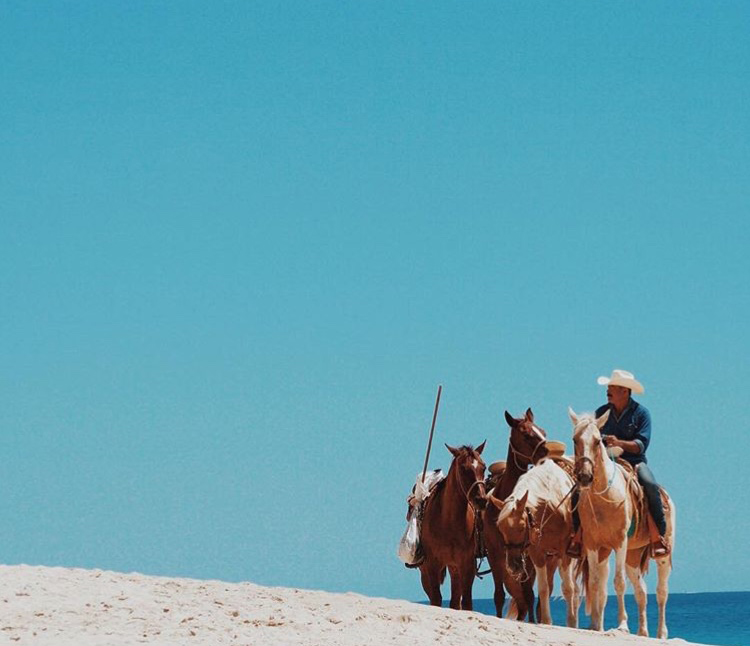
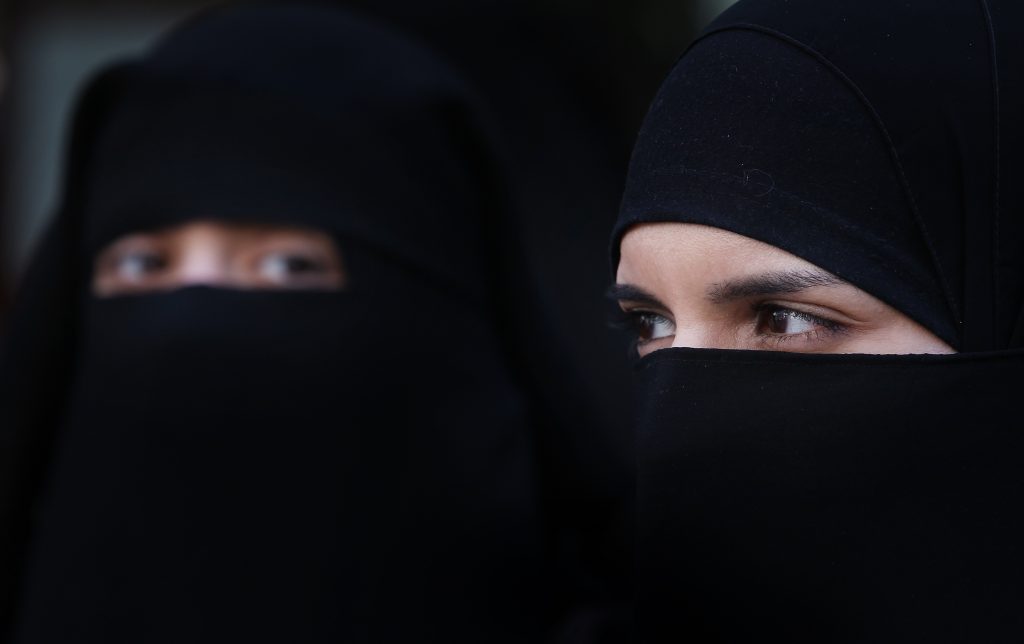
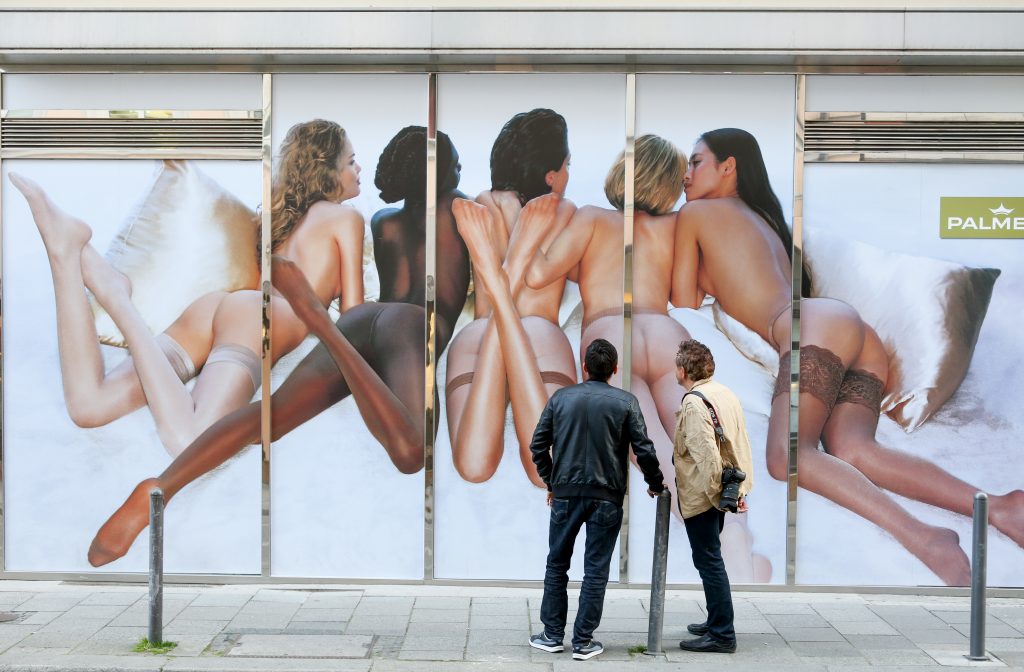
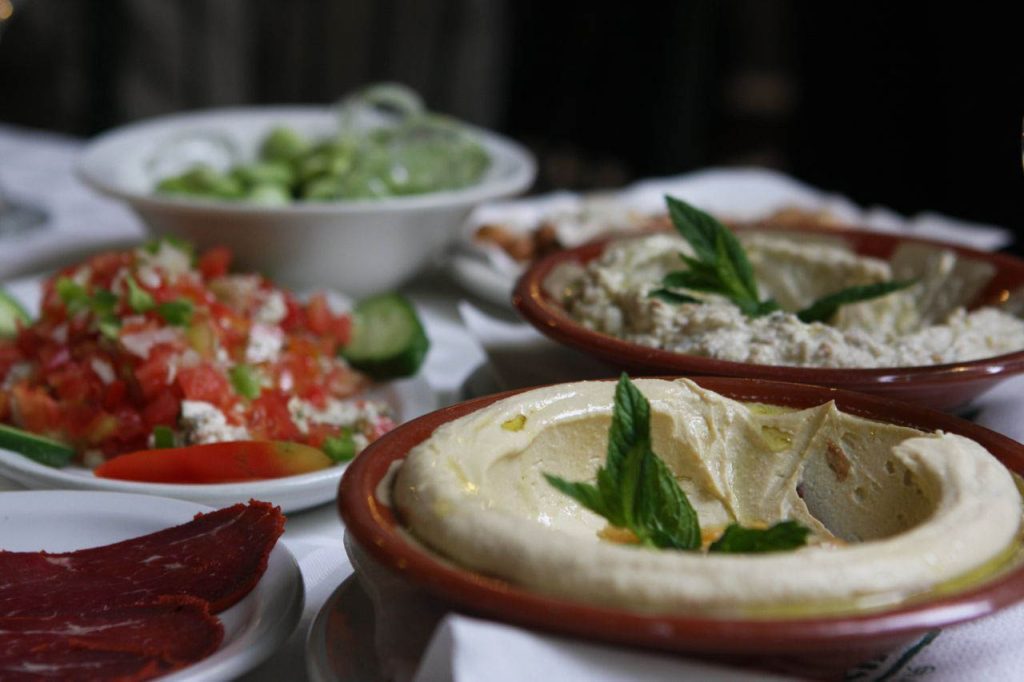
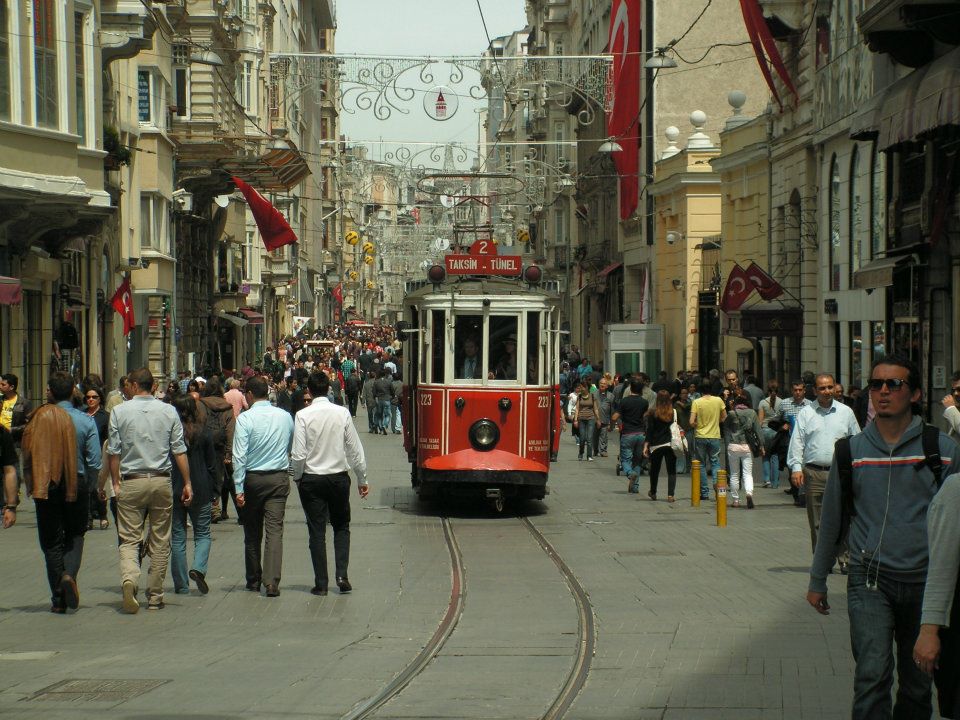
Leave a Reply